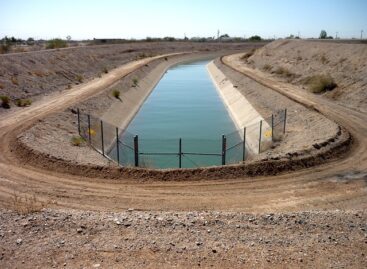Fewer but more modern mills
Hungary is part of the corn belt of Europe. Annual production is between 13-16 million tonnes. An increasing proportion of production is warehoused and exported. As an result of the system of intervention, the market has become more predictable. As Zsófia Pótsa, general secretary of the Hungarian Corn Association has told us, they are net exporters. During the past 12 months, the corn market has seen continuous increase of demand and prices. Corn prices are expected to stay well above intervention levels in the medium term. Concentration has been continuing in both the milling industry and the fodder industry. The number of mills in operation has dropped to 68, but milling capacity has only been reduced slightly as a result of modernisation. A number of fodder production facilities have also been closed down. The milling industry processed 1,270 million tons of corn in 2006. Exports of flour totalled 41,814 tonnes in the 2005/2006 financial year, while these were up to 54 880 tonnes in 2006/2007. Flour remains the primary product of the milling industry. Total sales of fodder amounted to 4,456 million tonnes in 2006. As a result of this year’s drought, corn prices rose, livestock of animals shows decline and consumption is shrinking Pasta production was 68-70,000 tones in 2006, generating net revenues of HUF 21,6 billion. Revenues totalled HUF 13,5 billion in the first half of 2007. Pastas made with eggs dominate the Hungarian market, with products made from durum corn only playing a marginal role. The Hungarian corn sector will probably continue to produce substantially more than domestic consumption for a long time. Development of livestock breeding and that of bio-ethanol production are both priorities for the EU. The consumption of flour is stagnating at 80-82 kilos per capita.
Related news
Related news
Irrigation water resources equivalent to one-third of Lake Balaton are available
Despite the extraordinary drought and lack of precipitation, we can…
Read more >Free irrigation water provided to farmers is a key element in the fight against drought
Free irrigation water provided to farmers is a key element…
Read more >Corporate leaders’ commitment to sustainability at record level
According to the latest data from the K&H Sustainability Index,…
Read more >



